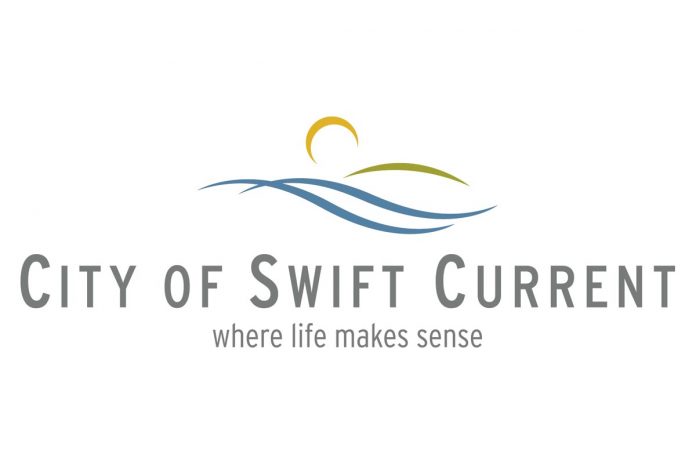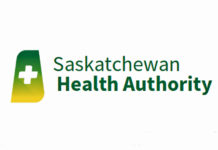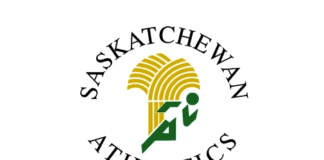The City of Swift Current has approved a notice of motion to apply for a debt limit utilizing the formula rate they currently have with the Saskatchewan Municipal Board.
With the city’s existing debt limit expiring on December 31, the City of Swift Current is advising they will again be applying for a debt limit of 1.7 times the City’s forecasted revenues.
The motion was made at the October 23 Swift Current City Council meeting, and Kathy Hopfner, General Manager of Corporate Services for the City, said this approval is a legislative requirement under The Cities Act. Every three years the City is required to establish a debt limit through the Saskatchewan Municipal Board. By having an established debt limit, the City does not have to submit individual borrowing requests to the Saskatchewan Municipal Board.
They city has chosen to apply for the same 1.7 times revenues which the Saskatchewan Municipal Board approved back in December 30, 2014. The new calculation will give the City an increased debt limit of $115 million, up an additional $5 million from the current level of $110 million.
The approved debt is for the city’s general government and utility operations, it does not include property development which is a fluctuating debt, and that total depends on annual lot sales and expenditures to develop lots carried through a construction line of credit.
The application for a 1.7 times rate does not signal the city is anticipating to use their maximum level of available debt.
“When we forecasted our capital for the next five years, and included the amount of debt payments that we are making, our debt will basically stay the same, within $5 million. So we are not expecting to use the full amount of our debt limit,” Hopfner said.
In a related motion, council also gave notice of motion to approve a borrowing bylaw for $7,324,072 in order to complete the funding of 2017 capital investment projects. That total includes $4.94 million for general government, and the remainder split between two of their utilities, with the Water/Waste Water Utility Fund requiring $1.621 million in debt, and $758,000 in funding for Solid Waste Utility Fund.
The Water/Wastewater Utility Fund dollars will be utilized for upgrades to the South Hill Reservoir, a continuation to the biosolids management programs, upgraded piping at the Wastewater Treatment Plant, plus the installation of an acid line and storage tank at the Water Treatment Plant.
The Solid Waste Utility Fund debt funding will pay for the purchase of a compactor along with construction of a stormwater retention pond and slope grading all at the East Landfill.
The largest capital borrowing request is for General Government, and this borrowing will fund a phone system upgrade; the continued expansion of the Chinook Parkway into the northeast portion of the city; the rehabilitation of the South Railway Bridge; along with the paved street and sidewalk rehabilitation of North Railway St. E., Cheadle St. W., 9th Ave. N.W., plus Gibbs Street.
“Although council approved the budget, and approving the budget they were aware that debt would have to be taken out to fund the entire capital budget,” she explained.
The report to council notes the sources of money to support this capital borrowing request is fully funded as per the 2017 budget, with no future increases required from the report.
“I’ll use general government as an example. So the $4.944 million that was approved this evening was approved in the 2017 budget, and our taxes were increased accordingly to make the principle payments associated with that.”
Hopfner reported the city’s debt for general government and utility operations was $60.4 million at the start of the year, and the forecasted principal amount of debt by the end of the year will be $64.38 million.
“But we’re forecasting in 2018, and this will include the debt that will be required when the 2018 budget is approved, we’re still forecasting it to decrease $3,741,000 at the end of 2018.”
“So yes in 2017 our debt did increase year over year, but in 2018 it will decrease $3.741 million.”






